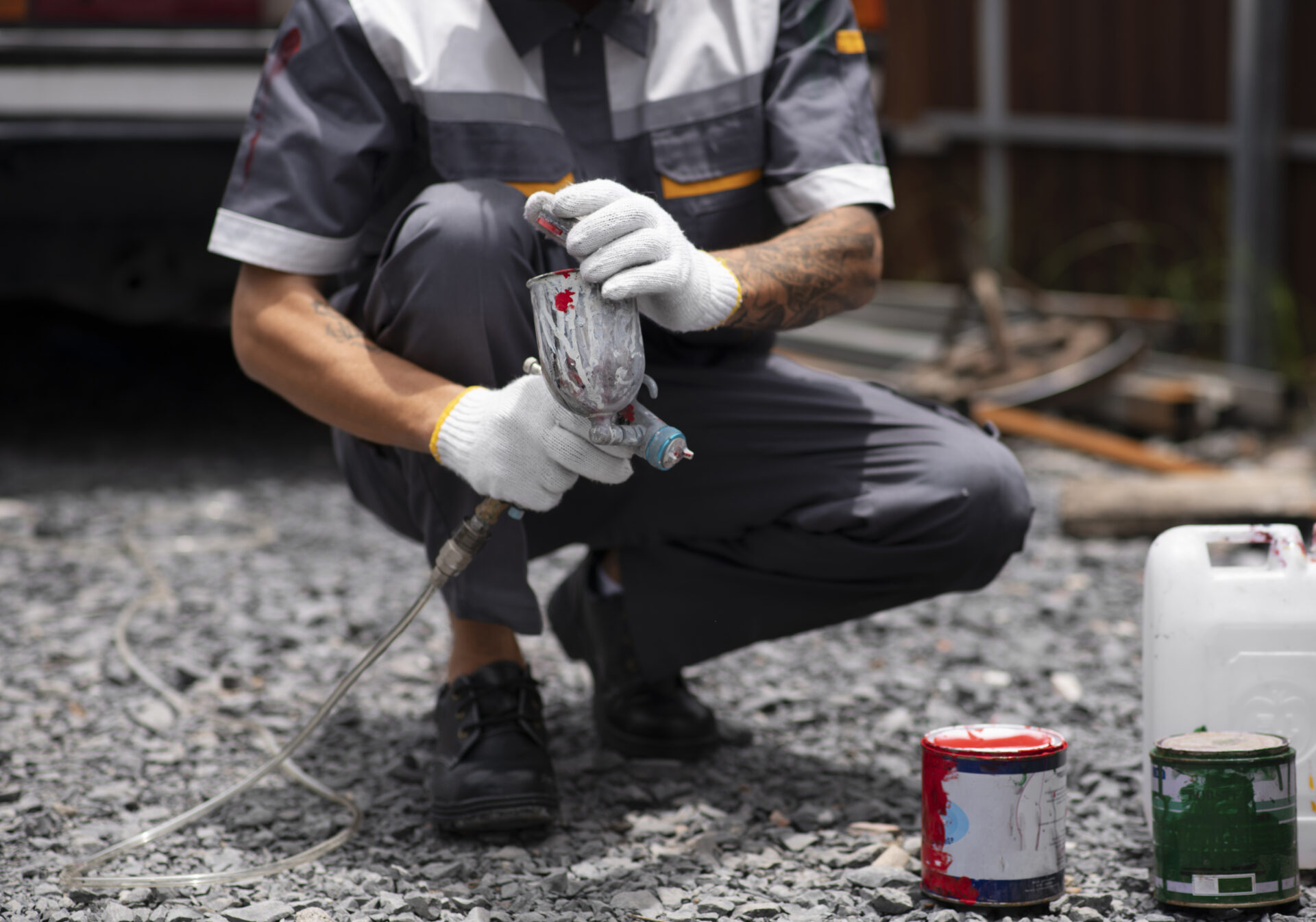The dampness in the building is hazardous to health. It could lead to a cough, wheeze, asthma exacerbation, asthma development, upper respiratory symptoms, shortness of breath, and other respiratory infections. This can be prevented if necessary measures are taken to prevent dampness in the first place. Before applications of certain techniques to prevent dampness in the building, top construction companies in Pune and across pan India realize few necessary precautions need to be taken. The construction site should be built on well-drained site, walls should be built with sufficient thickness, superior quality of bricks & cement mortar should be used, and string courses & cornices should be built in such a way to resist rainwater.
Following are the methods that can be used to prevent dampness in buildings:
1. Application of damp proof courses (DPC)
Water repellent materials such as bituminous felts, plastic sheets, mastic asphalt, cement concrete, metal sheets, and others should be inserted at points where the entry of water is possible. If the building is without the basement, it should be applied at plinth level. If the structures do not have plinth level, then it should be inserted 15 cm above ground level.
2. Surface treatments to repel water
The surface treatment involves coating the surface that is exposed to moisture with a thin film of water repellent material, both externally and internally. External surface treatment is the most effective method. Painting, plastering, distempering, and others are some of the surface treatments implemented to prevent dampness. The commonly used treatment method is lime cement plastering. On the other hand, the most commonly used waterproofing agent is sodium or potassium silicate.
3. Integral treatments for damp proofing
The integral treatments involve the addition of few compounds to concrete or cement mortar during the mixing process. These compounds act as a barrier against the moisture penetration. Different compound act differently when mixed. Compounds such as chalk and talc act as mechanical barriers, making pores in mortar dense and waterproof. Compounds such as sulfates, calcium chlorides act as chemical barriers, reacting with pores in a mortar and making them water-resistant. Compounds such as soaps, petroleum, oils fatty acids act as repulsive barriers, reacting with pores in concrete and making them water-resistant.
4. Cavity walls
Cavity walls consist of two parallel walls with a continuous air space or cavity between them. This hollowness or airspace prevents transmission of dampness from outer wall to inner wall. As the contact between two walls is zero, the moisture transmission is reduced to a minimum. The cavity walls provide sound insulation and prevent heat transmission. These walls also offer better comfort, economic, and hygienic conditions in the building.
5. Guniting
Guniting technique involves the formation of a strong and imperious layer of rich cement mortar or aggregate mixture of for waterproofing over exposed surface. This technique is also used over pipes and cisterns for resisting water pressure. As a strong layer with high compressive strength is applied on the exposed surface, it can be used for repairing work.
6. Cementation
In this technique, cement is mixed with sand and water. This mixture is filled into cracks, fissures, and voids in the building structure or ground. Generally, cementation is used in foundations to prevent penetration of moisture. Moreover, this technique can be used to repair the structure and strengthening ground to improve bearing capacity.
Offering a great quality of infrastructure is what fixes the place of construction companies in top 10 construction companies in India. Focusing on safety and ensuring good health conditions to buyers is extremely necessary.

